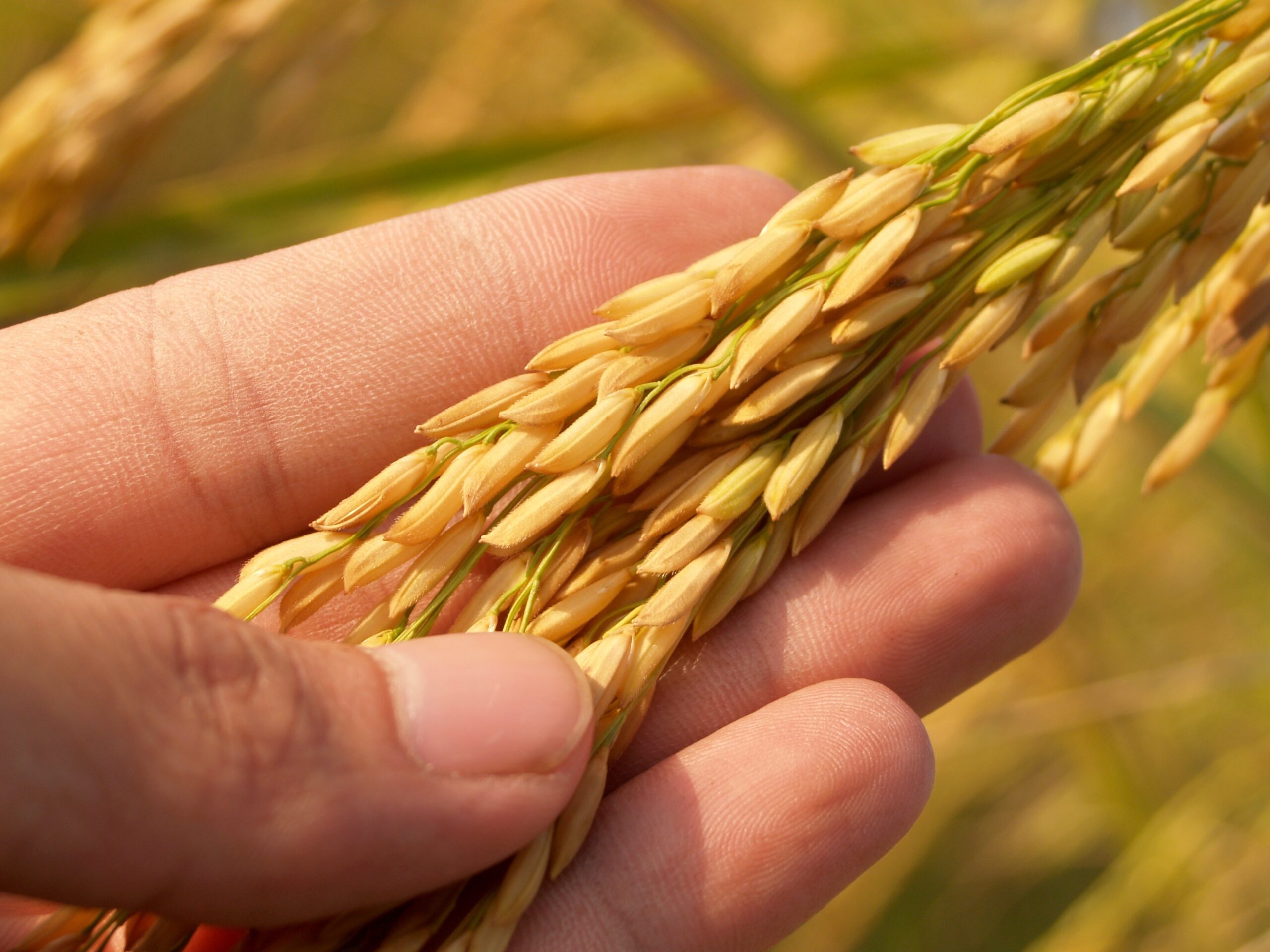Agricultural producers constantly seek opportunities to improve their businesses by implementing new technologies and practices. In this quest for growth and improvement, benchmarking is a crucial tool that progressive and business-minded farmers and ranchers use to measure their performance against similar businesses in the industry.
Benchmarking allows producers to identify their strengths, weaknesses, and areas where they have room to grow and improve. It should cover all management aspects, production costs, production systems, marketing, finance, and human resources. By benchmarking against other producers within the same group or the industry, one can see the production or economic results that can be achieved and understand the limitations that may prevent them from attaining them. Further, producers should also be able to analyze trends and see the results of their decisions.
Producers should use a similar way to calculate results to ensure effective benchmarking. As a renowned agricultural economist, Danny Klinefelter, stated, “One of the most significant issues is to make sure the data is comparable and that you’re comparing apples to apples.”
One effective benchmarking system for beef cattle producers is the Beef-Cattle Standard Performance Analysis (SPA) used in Texas and some southern states since 1992. SPA developers used the Farm Financial Standards Guidelines created by a national task force to prepare farm or ranch financial statements as a framework for analyzing and benchmarking cow-calf enterprises. Similar systems could effectively be implemented to compare all types of ag production.
Ag Peer Advisory Groups have a long history of benchmarking, given their group culture of discussing and learning from each other. One such example is a group of ranchers from North Texas and Oklahoma that meet monthly to critique each other’s operations, share ideas, and benchmark production and economic performance. The group is facilitated by leadership from Texas A&M AgriLife Extension and supported with funding from the Southern Risk Management Education Center.
While informal peer advising is common, the advantage of formal groups or associations is the development of production and financial management standards to ensure they compare the same information. Developing and implementing effective benchmarking systems across all types of ag production will enable producers to continually improve their performance. Check with your state’s Extension Economists to learn more about performance benchmarking opportunities.
Abello, Francisco Pancho. “Benchmarking.” Southern Ag Today 3(16.3). April 19, 2023. Permalink








